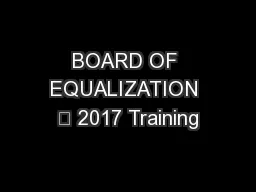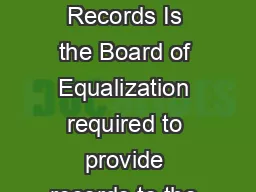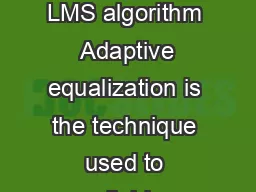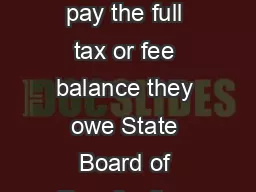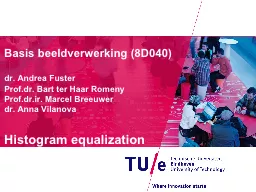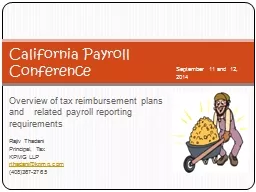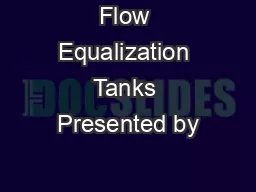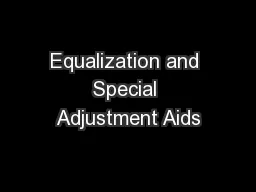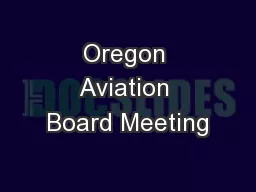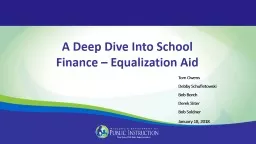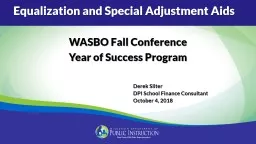PPT-BOARD OF EQUALIZATION 2017 Training
Author : marina-yarberry | Published Date : 2018-09-21
BOE Training Overview of BOE Overview of Ad Valorem Taxation More specifics of timeline and requirements Sunshine Law Hearings Speed Round Legislation Exemptions
Presentation Embed Code
Download Presentation
Download Presentation The PPT/PDF document "BOARD OF EQUALIZATION 2017 Training" is the property of its rightful owner. Permission is granted to download and print the materials on this website for personal, non-commercial use only, and to display it on your personal computer provided you do not modify the materials and that you retain all copyright notices contained in the materials. By downloading content from our website, you accept the terms of this agreement.
BOARD OF EQUALIZATION 2017 Training: Transcript
Download Rules Of Document
"BOARD OF EQUALIZATION 2017 Training"The content belongs to its owner. You may download and print it for personal use, without modification, and keep all copyright notices. By downloading, you agree to these terms.
Related Documents

